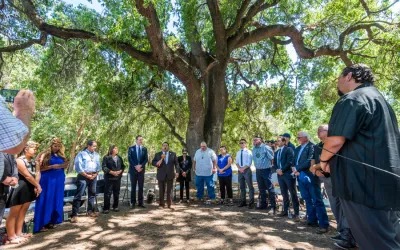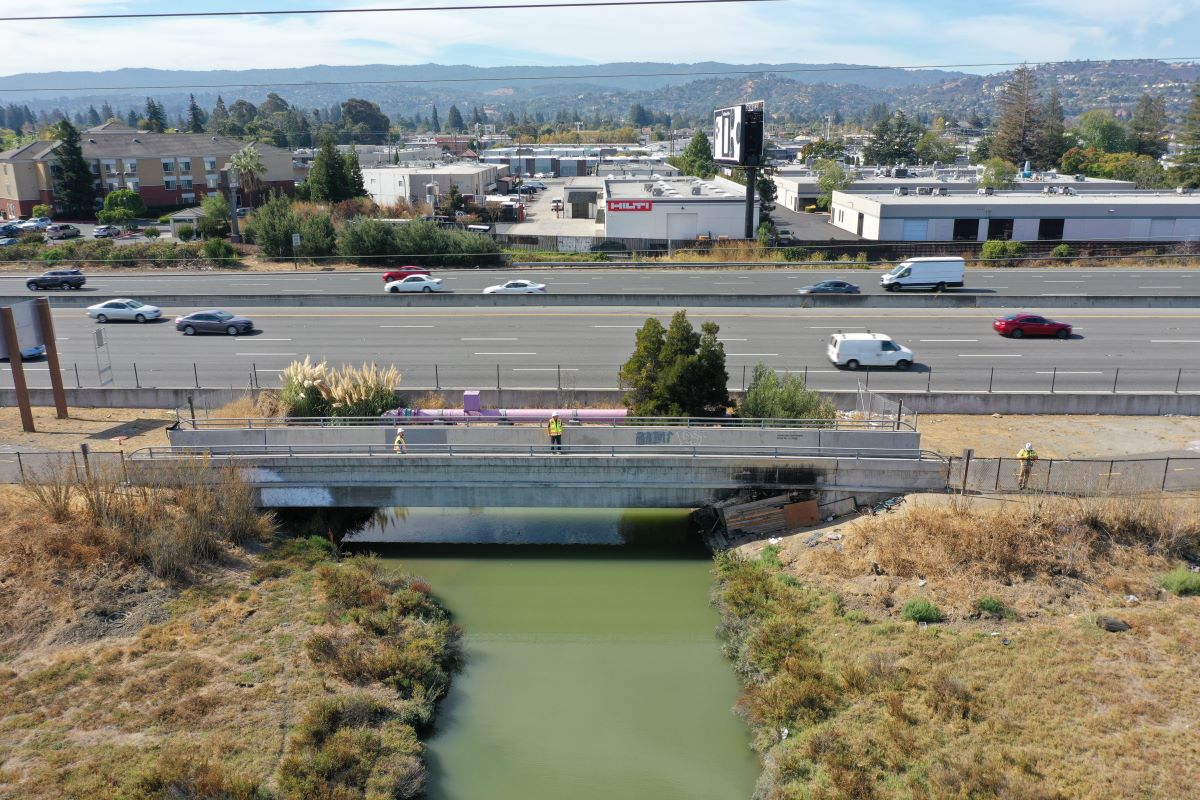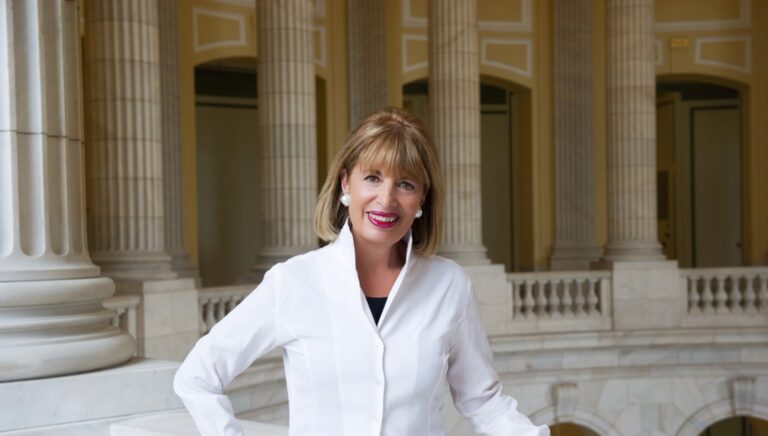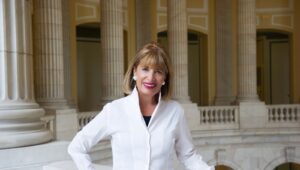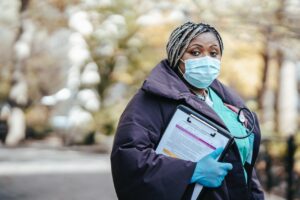
By Ben Irwin. San Jose Spotlight.
Líderes de San José siguieron adelante con recomendaciones sobre cómo mejorar el departamento de policía de la ciudad, a pesar de las preocupaciones persistentes y el drama en torno a la renuncia y el retiro de los dos principales auditores de la policía.
El Ayuntamiento de San José aprobó el martes las cinco recomendaciones de la Oficina del Auditor Independiente de la Policía: rastrear cuando un oficial apunta con un arma de fuego a una persona como uso de la fuerza, rastrear las armas encontradas en sospechosos que se percibían como armados, brindar orientación a los oficiales al pedir a las personas que salgan de sus vehículos, actualizar las políticas para reflejar cuándo se permite registrar a una persona y la necesidad de tecnología para verificar el tinte de las ventanillas del automóvil.
Karyn Sinunu-Towery, ex fiscal del condado de Santa Clara durante 30 años, presentó el informe el martes. Asumió el cargo de auditor interina después de que el anterior jefe de oficina, Shivaun Nurre, optara por retirarse después de haber tenido una discusión tensa y borracha con un oficial de policía en un evento en junio. Originalmente, Nurre iba a presentar el informe que compiló en su oficina antes de jubilarse.
“Estoy presentando un informe que no escribí”, dijo Sinunu-Towery en la reunión.
Más allá de las recomendaciones, Sinunu-Towery explicó que el informe está lleno de datos, algunos de los cuales son engañosos. De las 362 denuncias contra funcionarios incluidas en el informe, la contraloría no estuvo de acuerdo con el 14 por ciento de las denuncias y el 16 por ciento de ellas fueron “cerradas con preocupación”.
Sinunu-Towery señaló que, si la investigación oficial no se completa dentro de los 365 días, no se puede imponer disciplina. Según funcionarios de la ciudad, se cerraron apresuradamente múltiples investigaciones debido a que el auditor y el administrador de la ciudad tuvieron un tiempo mínimo para cumplir con los plazos.
Si una investigación que había sido completada llegaba a la oficina de la IPA cuando sólo quedaban 45 días en el calendario, a menudo se cerraba con preocupación, refirió Sinunu-Towery. Si llegaba cuando sólo quedaban 10 días, el auditor no estaba de acuerdo con la investigación y se cerraba.
“No puedo decirles hoy, si la IPA estuvo en desacuerdo el 14 por ciento de las veces, en que se trataba del procedimiento o de (la) sustancia (de la investigación)”, detalló Sinunu-Towery.
Sinunu-Towery destacó que “no quería entrar en cuestiones de personal”, pero pensaba que algunas personas “fallaron en el trabajo” al lograr que las investigaciones de los oficiales se completaran a tiempo.
“Tanto la oficina de la API como (Asuntos Internos) no cumplen con algunos plazos”, subrayó Sinunu-Towery. “Creo que hemos resuelto esos plazos… esa es mi esperanza”.
Sinunu-Towery confiaba en los datos que muestran que las quejas por el uso de la fuerza están disminuyendo: las acusaciones de uso de la fuerza han bajado un 31 por ciento y las quejas por uso de la fuerza han bajado un 19 por ciento. Pero las quejas generales contra agentes jurados están en su nivel más alto en tres años.
El jefe de policía Mata dijo en un memorando del 19 de septiembre que el departamento ya ha estado haciendo sus mejores esfuerzos para rastrear datos sobre sospechosos percibidos armados y armas encontradas, una recomendación en el informe del auditor independiente. Pero el organismo de control de la policía de San José dijo que en más de la mitad de los mil 593 eventos en los que los agentes utilizaron la fuerza después de percibir una amenaza de un arma contra una persona, los agentes informaron que el arma era “desconocida”, “otra arma peligrosa” u “otra y desconocida”.
El informe destaca que la amenaza de un arma proporciona un peso sustancial para justificar el uso de la fuerza. En 2021, se encontraron sospechosos armados con armas, mortales o no, en solo el 4% de los incidentes de uso de la fuerza, según el informe.
El concejal Peter Ortiz presionó al subjefe de policía Paul Joseph (Mata no estuvo presente) para que tenga más supervisión para garantizar que las armas encontradas o no encontradas en casos de uso de la fuerza sean realmente reportadas. La pregunta de Ortiz quedó en gran medida sin respuesta por parte de Sinunu-Towery y Joseph.
El reverendo Jethroe Moore II, presidente de la NAACP de San José/Silicon Valley, dijo que la agitación en el liderazgo en la oficina del auditor de la policía no ha sido amable con la moral.
“Creo que muchos de los trabajadores están muy frustrados y desencantados en este momento con la organización en su conjunto y la falta de apoyo y respuesta del gobierno de la ciudad”, señaló Moore a San José Spotlight.
Antes de dejar su cargo, Nurre, así como el exalcalde Sam Liccardo, sugirieron que la ciudad ampliara los poderes de investigación de los auditores sobre el departamento de policía en diciembre de 2022. Pero no se ha tomado ninguna medida para avanzar en eso y las conversaciones se han estancado. La oficina de la API aún no investiga de forma independiente las acusaciones de irregularidades por parte de los agentes.
“Seguimos viendo que no les pasa nada a los oficiales (con las quejas), y nada está cambiando realmente con la interacción con nosotros como comunidad”, destacó Moore. “Comience a mirar a Asuntos Internos, a poner a esos oficiales nuevamente en la calle para hacer trabajo duro y a destinar el (dinero) de Asuntos Internos a contratar un auditor de policía totalmente independiente y libre del departamento de policía… y darles el poder. citar a la policía para que venga a hablar con ellos. En realidad, darles algo de poder”.
Eva Roa, auditora adjunta independiente de la policía de la ciudad desde 2020, también dejó su cargo en septiembre. Refirió que no le concedieron una entrevista de salida al renunciar y que en su lugar envió una carta mordaz a los funcionarios de la ciudad. En él, alegó que la oficina se encuentra en gran medida sin electricidad y que la ciudad ignora constantemente las recomendaciones de la IPA de responsabilizar a los empleados municipales jurados por sus acciones.
“Uno esperaría que el SJPD quisiera mejorar las prácticas y crear una cultura de rendición de cuentas y responsabilidad”, destacó Roa. “Sin embargo, según algunos de los casos más atroces que he visto, el SJPD y Asuntos Internos carecen de verdadera responsabilidad y crecimiento como departamento”.
You may be interested in: “The time for words is over”: Colegio de San José is shaken by violence

